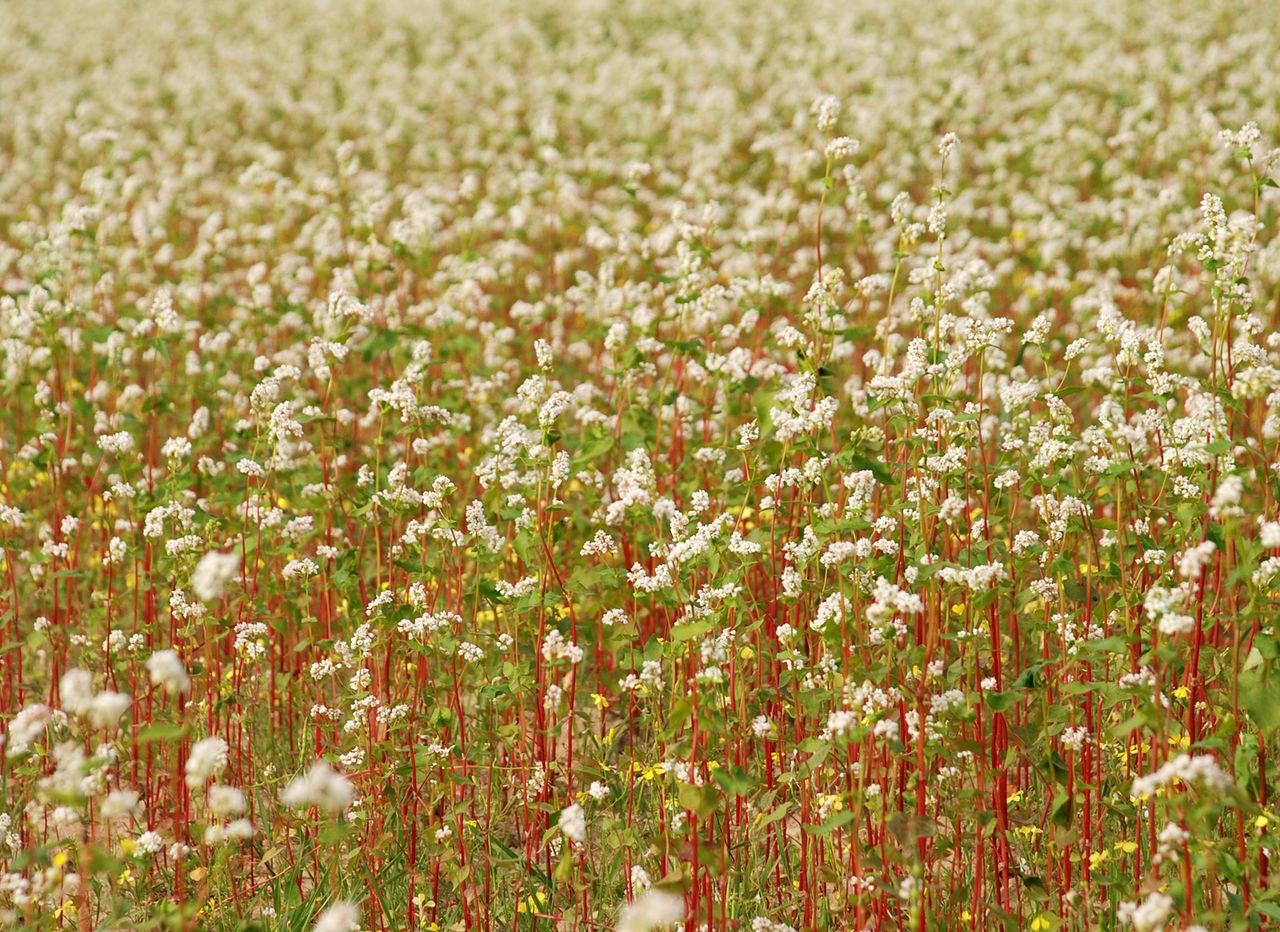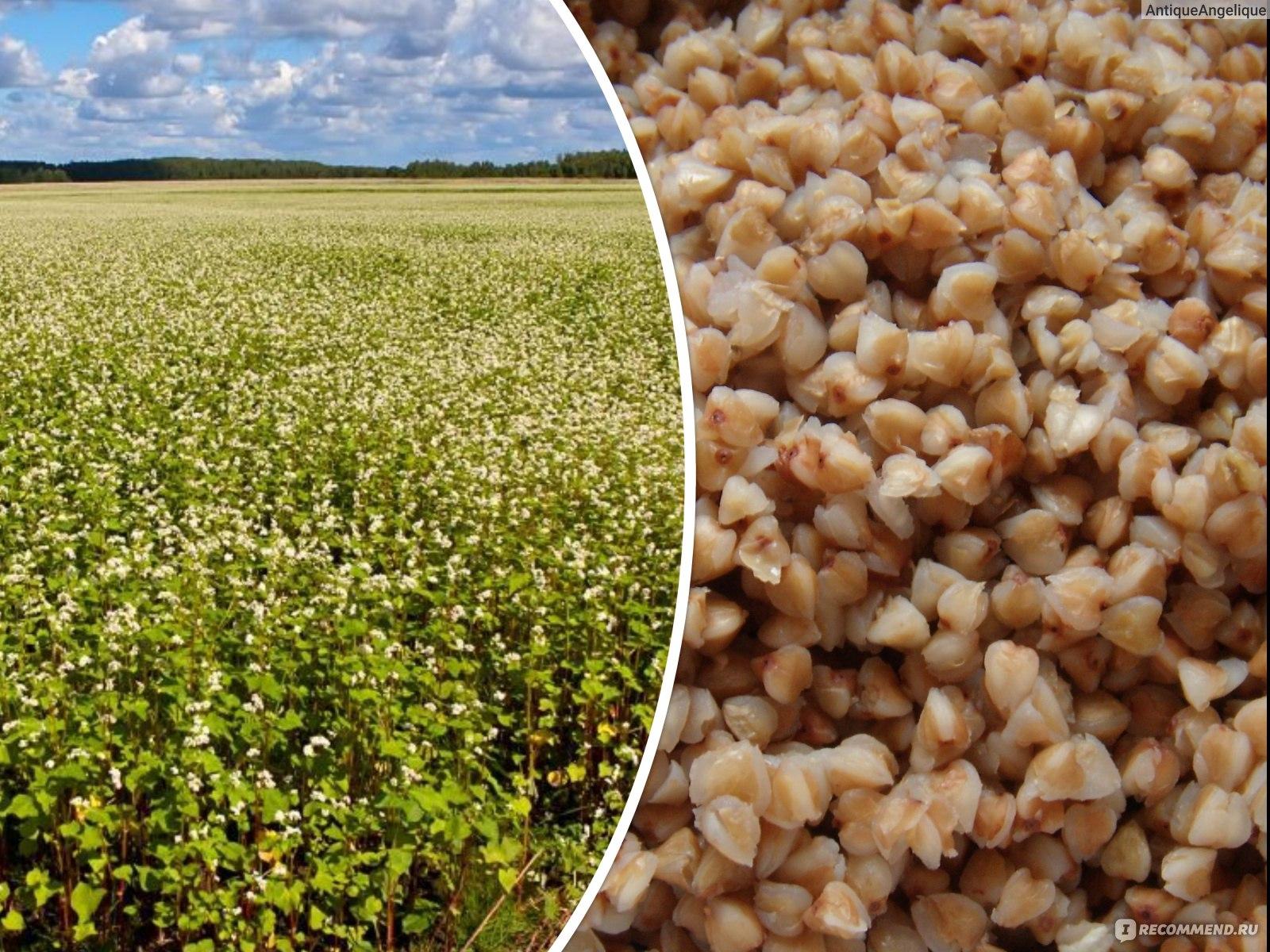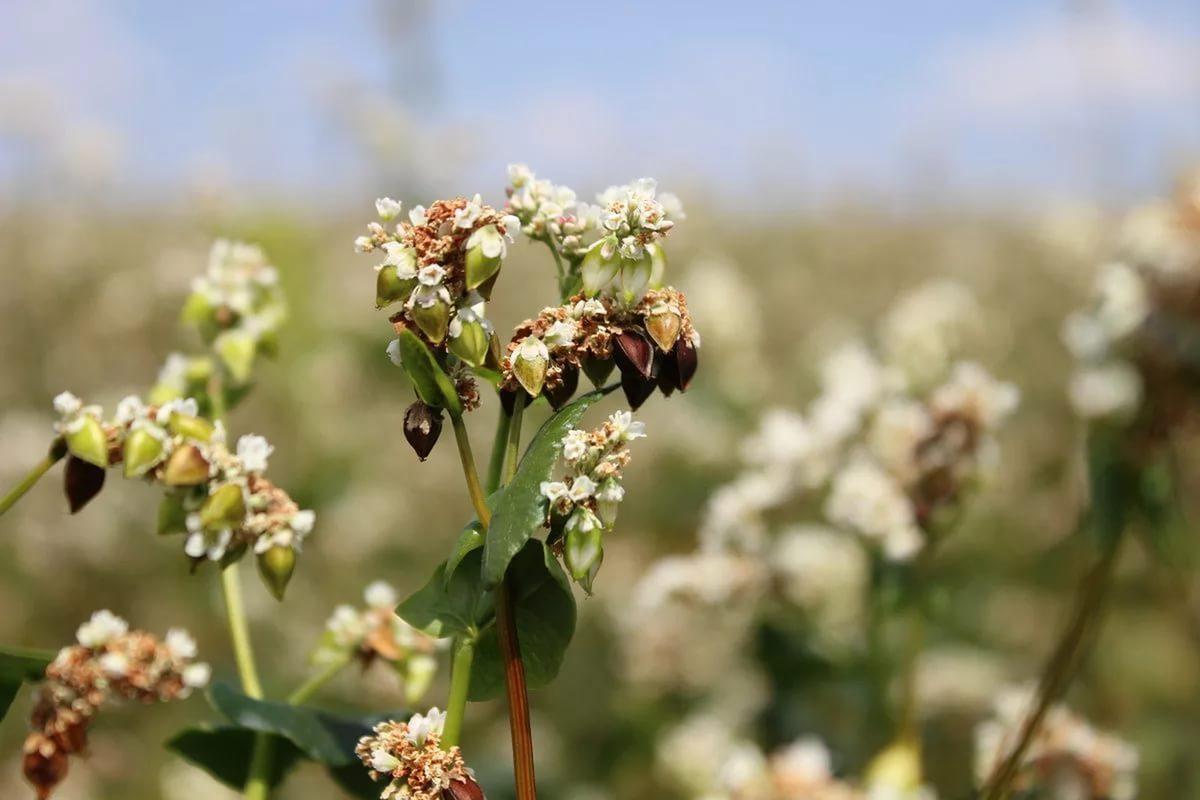Buckwheat is considered one of the most popular and sought after products. At the same time, not every person knows how buckwheat grows, what this plant looks like in the field, and what family it belongs to. To understand these features, it is necessary to study the botanical description of the culture. To obtain a rich buckwheat harvest, it is recommended to follow the rules of agricultural technology.
Description of the plant
Buckwheat is an annual herbaceous crop. This honey and grain plant is also classified as a pseudocereal.This crop is used to produce buckwheat. It is often classified as a cereal or grain variety. In fact, this is a cereal grain plant, the seeds of which have certain differences from monocotyledonous grains.
Seed buckwheat is characterized by the following distinctive features:
- Root system - in the central part there is a large long root. A large number of smaller adventitious roots depart from it, which differ in their horizontal arrangement.
- Stems – They are strong and ribbed and can produce up to 12 branches. At the end of the growing season, the stems become red and have a rough texture. Each individual stem includes 3 fragments. Below is the subcotyledonous knee, from which stem roots grow. In the central part there are branches, and on top there is a fruiting zone.
- The leaves are green in color and alternate in arrangement. On the main stem and its branches there are wide spear-shaped or arrow-shaped leaves. The upper leaves are located on long petioles, and the lower leaves fit tightly to the branches. Each of them has feathery veins.
- Flowers are regular in shape and include 5 pink or red petals. They have 3 styles and 8 stamens. Small flowering racemes resemble corymbs. They are characterized by cross-pollination, which leads to a high percentage of fertilization. The pollination process involves insects or wind.
Which family does it belong to?
Buckwheat belongs to the Buckwheat family, which includes several species. However, in Russia only two varieties are predominantly grown - cultivated and Tatar. The first type is used to make cereals.
Appearance during flowering
During flowering, small flowers of white, pink or reddish hue appear on buckwheat bushes. They have a distinct aroma and attract bees. The flowers have 5 petals and form a raceme. There are 600-2000 bisexual flowers in one inflorescence. Buckwheat is characterized by sexual dimorphism. Moreover, the columns and stamens of one flower differ significantly in height.
Buckwheat flowering lasts up to 2 months. The peduncle is very delicate and is afraid of frost. It is also the first to be damaged in dry weather.
What it looks like before harvest
At the end of summer or in the first half of autumn, the bunch transforms into a fruit that resembles a small nut with 3 sharply defined edges. The fruits are distinguished by a light gray, dark brown hue. The fruits themselves can be winged or wingless. There are also intermediate specimens that are covered with husks.
How it grows in the field
The technology for growing buckwheat implies strict adherence to recommendations for its planting. To do this, you need to choose the right site and process the seeds. Compliance with planting deadlines is of no small importance. Thanks to this, the plant will have time to produce a harvest and will not die from return frosts.
Buckwheat can be planted in the following ways:
- narrow row - the interval between rows is 7.5 centimeters;
- ordinary - row spacing is made 15 centimeters in size;
- wide-row - the distance between rows is 45-60 centimeters.
For the last two schemes, it is necessary to use row and row-crop seeders. The quality of the soil affects the planting depth. The seeds are deepened into a heavy and clayey substrate by 3-5 centimeters. On well-groomed arable land, the planting depth is 6 centimeters. Seeds are planted 8-10 centimeters into dry soil. After sowing, you need to roll and level the soil. This will speed up the appearance of sprouts.
It is recommended to plant buckwheat in light and fertile soil. It is best to give preference to neutral or slightly acidic soil. Organic fertilizers should be applied to the previous crop. If you use manure right before planting buckwheat, a large amount of green mass will grow instead of seeds. The exception is poor soils. In this case, in the spring it is recommended to add 5 tons of humus and 3 quintals of phosphate rock per 1 hectare.
In autumn, when digging up the soil, you can add potassium chlorine-containing preparations. It is also permissible to use complexes based on nitrogen, potassium and phosphorus in a ratio of 40:30:40. Usually superphosphate is used for this purpose. It is worth applying 10-20 kilograms of this fertilizer per 1 hectare.
In the spring, it is enough to dig up the area and outline future beds. In this case, nitrogen cannot be used. When creating wide row spacing, potassium and phosphorus should be added.
Before planting buckwheat, the seed material must be processed. Only large and heavy grains will bring a good harvest. The buckwheat is dried in the sun for several days. At the same time, it is recommended to cover the seed with a tarpaulin at night. To increase yield, you can treat with the following preparations:
- boric acid – 160-200 grams per 1 quintal;
- borax – 300 grams per 1 quintal;
- ash – 3000 grams per 1 quintal.
Buckwheat must be planted after the soil has warmed to a depth of 10 centimeters. Planting work is carried out from the end of April to the end of June. Specific dates depend on the climatic characteristics of the region.
After planting buckwheat, you need to immediately start fighting weeds. To do this, harrowing is performed across the rows or at an angle. A similar technique is used after sprouts appear.
An important component of growing buckwheat is the timely moistening of the soil. This plant does not tolerate drought well, so the watering system must be thought out in advance. To develop a strong root system, it is necessary to loosen the soil and hill up the plantings. When buckwheat bushes reach large sizes, weeding can only be done by hand.
Buckwheat is a common plant used to make a popular cereal. In order for crop cultivation to be effective, it is important to strictly adhere to the rules of agricultural technology.















